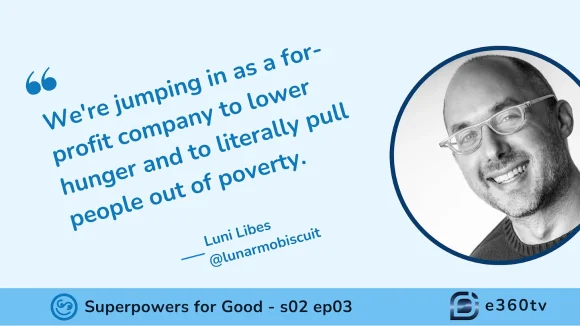
This is the third of a series of blog posts where I’m sharing my learning from visiting Africa (specifically East Africa), to help my fellow Americans and like-minded Europeans. Part one was the visible energy part two opportunities, and this part three on the issues in the way of those opportunities.
Issue #1 – 1 billion people, 85%-90% of which are farmers, and yet the continent of Africa is a net importer of food. This isn’t because not enough food is grown, but an issue because 35% of grain and 45% of fruits and vegetables are lost between the farm and the customer.
The solutions to this are neither innovative or inventive. In the U.S. and Europe, farmers sell to large-scale aggregators who pick up the produce in trucks, sort, process, and package at large facilities, store the results to smooth out the seasonality, and distribute to markets, restaurants, and manufacturers. These are companies who optimize logistics and storage, and logistics and the cold chain is missing from most of the African economy.
Issue #2 – 1 billion people, a bit less than 50% living outside of cities. Africa is quickly urbanizing, but half the people still live in rural areas. The challenge of reaching their farms to gather their produce is the poor quality of rural roads. The same challenge is there selling goods to those rural residents, trucking physical goods out to their local stores.
The U.S. economy benefits dramatically with the world’s largest and most efficient cargo railroad network, allowing goods to be shipped from coastal ports inland and allowing inland produce to be shipped to coastal ports. After has neither good railroads nor good roads, and unlike the Mississippi or Rhine or Yangze, it lacks navigable rivers to ship goods inland on water.
Issue #3 – 1 billion people living in 54 countries. China and India each have more than 1 billion citizens, but each of those billion+ people live in a single country under a single federal government. Meanwhile, Europe was able to prosper with 44 separate countries (as of 2019), with some of those borders changing as recently as the 1990’s.
The flip side of having 54 countries is that it allows for 54 simultaneous experiments to find solutions to all these issues. This is one of the benefits of the federalized American system, with 50 set of laws in 50 semi-sovereign States.
In both the U.S. and European examples, free trade between countries has clearly demonstrated to be advantageous and while the Euro has its problems, it has been a boon to pan-European commerce. The East African Union has been slowly discussing implementing both of these, heading slowly toward an EU-like East Africa, and the African Union has been discussing a pan-African free trade zone.
Issue #4 – 1 billion people with a median age under 18. Half of Africans are youth. What this means is that no matter what economic changes come to Africa in the next 20-30 years, the population will at least double by 2050. Those youth will be all be adults in the next 20 years. They’ll get married. They’ll have children of their own.
Thanks to better health care and lower child mortality, this inevitably means the population will grow to at least 2 billion, and maybe later in the century to 3 billion.
What we know from the last 50 years is that if the girls are sent to school and if the average incomes rise, then those girls will have on average just two children instead of five. With that, the population by 2100 will peak at 2-3 billion and stop rising.
Meanwhile, what the bottom line to the population issue is that African need not only feed it’s current 1 billion residents, but at least twice that. Thus Issue #1 is twice the size at is seems today. That means Issue #2 is also more crucial than it seems. Not to tout colonialism, but the best time to build railroads was 100 years ago when the British and French had the know how and balance sheets. The next best time is now.
As for Issue #3, sooner is best for sorting out whatever minor issues are in the way of free trade and common currencies. In my recent travels to East Africa, I saw hundreds of trucks waiting to cross the Kenya-Uganda border and my vans passed dozens of slow-moving trucks as they shipped goods across that border and rumbled them along the sometimes washboard highways.
None of these issues is insurmountable. In fact most are opportunities, as innovation often leads to better, faster, and cheaper solutions (pick any two).














